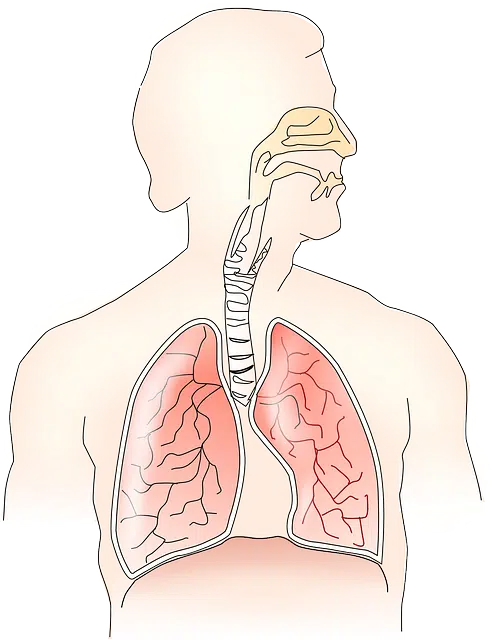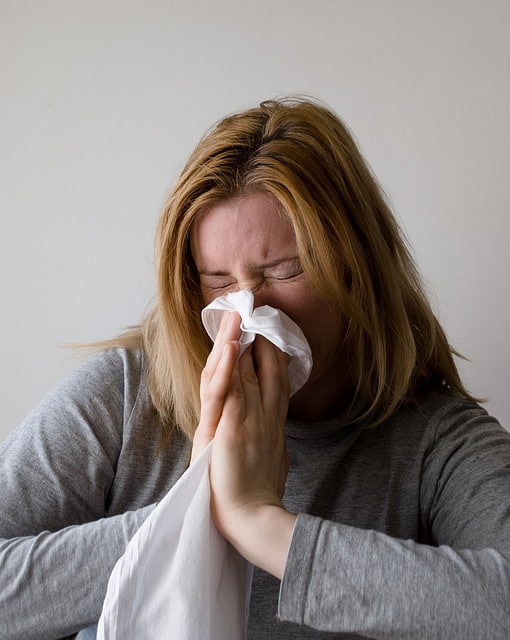
The set of organs that make breathing possible make up the respiratory tract.
A road is a conduit, a path, an access or a path. Respiratory , for its part, refers to what is linked to breathing : the process that allows air to be inhaled to store some of its elements and then expel it, already modified.
The group of organs that make breathing possible is known as the respiratory tract . The concept, in this way, is equivalent to the notions of respiratory system and respiratory system .
Composition of the respiratory tract
The respiratory tract is made up of the nasal passages , pharynx , larynx , trachea , bronchi and bronchioles , which allow inhaled air to reach the alveoli and lungs . Different structures also participate in breathing, such as the diaphragm and intercostal muscles .
The upper sector of the respiratory tract is known as the airways . It is possible to differentiate between the upper airways (from the nasal passages to the larynx) and the lower airways (from the trachea to the bronchioles).

A cold causes inflammation of the nasal passages, affecting the respiratory tract.
Your obstruction
Obstruction of the airways prevents the person from breathing: therefore, said obstruction causes death when it persists for a certain time . On the other hand, the respiratory tract can allow harmful substances to enter the body; Therefore, in certain areas, it is necessary to protect them with masks and filters.
Among diseases and disorders of the respiratory tract, one of the most common is the cold or cold , which involves inflammation of the nasal passages. The flu , on the other hand, is an infection caused by a virus that affects the respiratory tract.
On the other hand, there is obstruction of the upper airways , a problem that occurs when they become blocked or narrower than normal, so that the person cannot breathe easily. The parts of the upper tract that are usually affected by this disorder are the larynx, pharynx or trachea.
Why can your airways become blocked?
Regarding the causes of the obstruction, the possibilities are many, as can be seen below:
* an allergic reaction in which the throat or windpipe becomes swollen to the point of closing, which can happen after taking certain antibiotics (such as penicillin ), peanuts, or blood pressure medications (such as ACE inhibitors) , but also as a result of a bee sting;
* burns and reactions due to coming into contact with a chemical product. In this case, symptoms such as abdominal pain , dizziness, seizures and itching may appear;
* infection in the epiglottis (the superficial tissue of the trachea) known as epiglottitis ;
* smoke inhalation, with or without burns;
* presence of foreign bodies in the respiratory system after accidental inhalation. This can include small toy parts, buttons, hard, hard-to-break food fragments, or even coins.
Symptoms and treatments
As with the causes of airway obstruction, the symptoms also include a long list, which includes: restlessness and agitation; bluish skin (known as cyanosis ); alterations in the state of consciousness (decrease); confusion; suffocation; panic and gasping due to difficulty inhaling; fainting; different breathing noises, such as wheezing or wheezing.
In a case like this, doctors usually indicate a physical examination that may include langyroscopy, bronchoscopy and x-rays, although not all consider them necessary. As expected, the treatment depends on the cause of the disorder , since as we have seen they can vary greatly from one another; While objects that have become stuck can be removed through various non-marking interventions , cases caused by infections and inflammations may require more "violent" procedures, such as tracheotomy.
